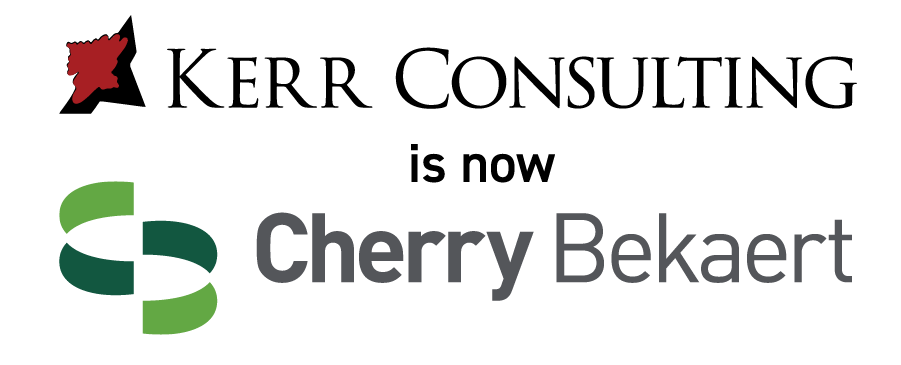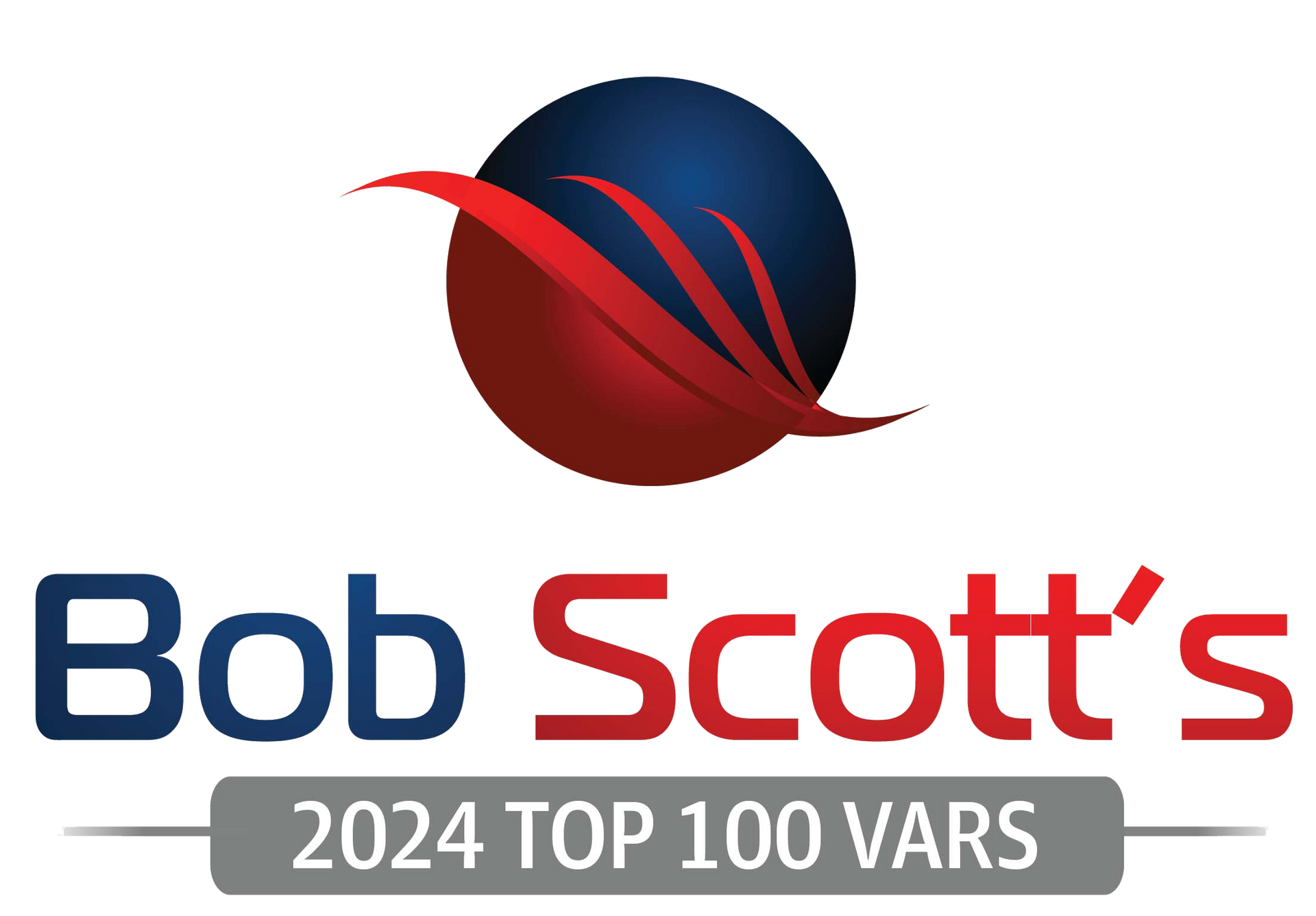Mastering Business Success: The Fusion of Budgeting, Planning, and Financials
Understanding the Concept of Integrated Financial Planning and Budgeting
In the intricate landscape of modern business, a new imperative has emerged: the seamless integration of financial planning and budgeting. This article embarks on a journey to explore the amalgamation of these vital financial components and their transformative potential in propelling businesses towards success.
The Dominance of Integrated Financial Planning
The Necessity of Integrated Financials in Today's Business Landscape
In an era defined by swift changes and relentless competition, the ascendancy of integrated financial planning has become non-negotiable. The fragmented approaches of the past, where financial planning and budgeting operated in silos, now fall short. Today's companies demand a holistic and cohesive strategy that harmonizes these functions, enabling them to navigate the complexities of the contemporary business terrain.
Limitations of Disintegrated Financial Practices
Drawbacks of Non-integrated Approach
The inadequacies of disintegrated financial practices come to the forefront when we dissect their limitations. Operating with disconnected financial strategies not only breeds inefficiencies but also obstructs the holistic view essential for strategic decision-making. An illustrative example of these drawbacks is the case of the tri-weekly expense outlook, where delayed information and fragmented insights hamper effective resource allocation and timely course corrections.
Embracing the Solution: Integrated Financial Systems
The Role of Integrated Financials in Strategic Decision-making
Enter the solution: integrated financial systems. By intertwining financial planning and budgeting, these systems offer a panoptic perspective that fuels strategic decision-making. One of the most compelling advantages lies in the realm of time efficiency. The consolidation of financial data not only expedites processes but also grants organizations the luxury of in-depth analysis, thereby refining their strategic direction.
The Power of Real-time Data and Dynamic Planning
The Influence of Timely Data on Business Decisions
At the heart of integrated financials lies the potency of real-time data and dynamic planning. In a landscape where information metamorphoses into currency, the ability to access up-to-the-moment insights empowers businesses to make well-informed decisions with unprecedented swiftness. This dynamic approach to planning doesn't just preserve the budget's relevance; it also equips businesses to adapt promptly to the undulating tides of the market.
Spotlighting Effective Integrated Budgeting Tools
The Benefits of Sage Intacct Budgeting and Planning Tool
In the realm of practical implementation, tools play a pivotal role. One standout exemplar is the Sage Intacct Budgeting and Planning tool. Unlike traditional spreadsheet-based approaches, this robust tool introduces sophisticated features such as scenario modeling and "what-if" analyses. Through eradicating manual errors and steering teams away from the labyrinth of numbers, these tools empower organizations to allocate their resources wisely and drive their strategic goals.
Looking Forward: The Role of Integrated Financials in Future Business Success
In the grand tapestry of business evolution, the symphony of integrated financial planning and budgeting resounds with potential. Their symbiotic interaction eradicates blind spots, fostering well-informed decisions and agile strategies. As businesses forge ahead, the integration of these financial pillars promises not only enhanced efficiency and growth but also a compass that navigates them through the uncharted waters of tomorrow's challenges.








